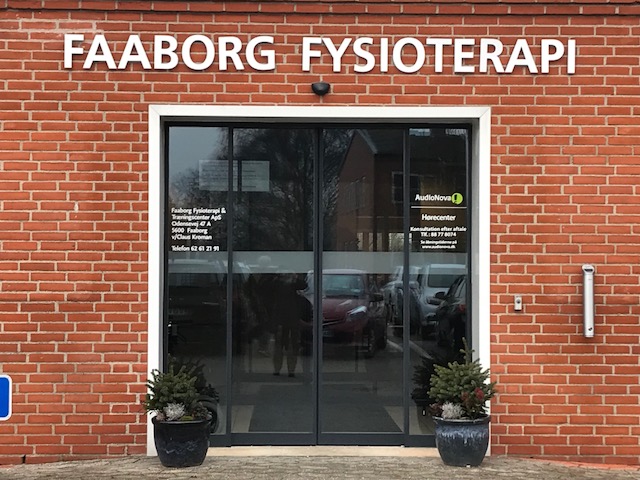I was very fortunate to be hosted by Sarah Kroman – “a GLA:D® super-user” in her family clinic in Faaborg , Denmark.
For those people who are not aware of the GLA:D® program it is an evidence based, physiotherapist supervised, safe, group exercise and education program for people with knee and hip osteoarthritis, designed by Ewa Roos and Soren Skou from University of Southern Denmark, Denmark. It has pre and post intervention measures of knee / hip function collected on an electronic register. Research in Denmark has shown the GLA:D® program reduces pain by 25%, reduces the intake of pain killers and shown increased levels of physical activity 12 months after starting the patient education plus 12 session exercise program.
You can view the research here: BMC Musculoskeletal Disorders , 2017; 18:72. Soren Skou and Ewa Roos,
It has been running in Denmark for 5 years now with over 30,000 patients having participated in the program. The GLA:D® program is now being taught in China, Canada and more recently in Australia. There are now 40 centres around Australia offering the GLA:D® program. You can find your local GLA:D® provider in Australia here.
For those people who are now questioning how this fits into my ACL Churchill Fellowship project; Following on from my last blog where I wrote about early degenerative changes post ACL injury, unfortunately 10-20 years following an ACL injury, about 50% of patients will have knee osteoarthritis, despite the management option chosen (non-operative or operative).
The Clinical Translator:
Research evidence has been telling us for years that exercise is a safe and effective intervention for the symptom management of osteoarthritis. Despite this, issues of patient compliance have been barriers to effective implementation/success of this modality. The GLA:D program is a very user friendly, safe, evidence based group 12 session exercise program which increases the success of exercise therapy outcomes. An accompanying education program teaches patients about osteoarthrosis and symptom management. As a GLA:D facilitator in Australia it is easy to administer, regress and progress even for more junior physiotherapist’s because it is a standardised program which can be individualised as required, within specific guidelines.
Physiotherapists teaching the GLA:D program have all undergone a standardised 2 day training program – see https://gladaustralia.com.au. If you are a physiotherapist interested in being accredited to teach the GLA:D program. It is appropriate for a broad range of patients with hip and knee osteoarthritis. My patients in Australia report it is fun, socially engaging and cost effective. Research has shown GLA:D users report high levels of satisfaction, use less pain medication, less sick leave and have been able to delay surgical intervention due to symptom management.
This is intended as an aid to the clinician to translate research findings into clinical practice but is my own opinion based on the available current research evidence and my clinical expertise and experience. Clinicians should consider if this advice is appropriate for them and use their own reasoning processes considering the individual patient in question
The Clinical Translator from PhysioEducators : "striving for excellence through innovation in Physio Education.”



